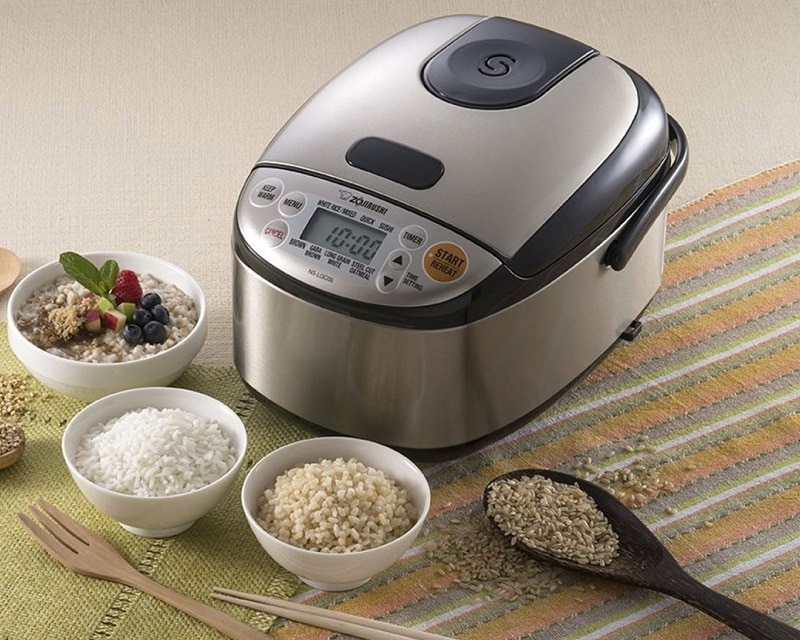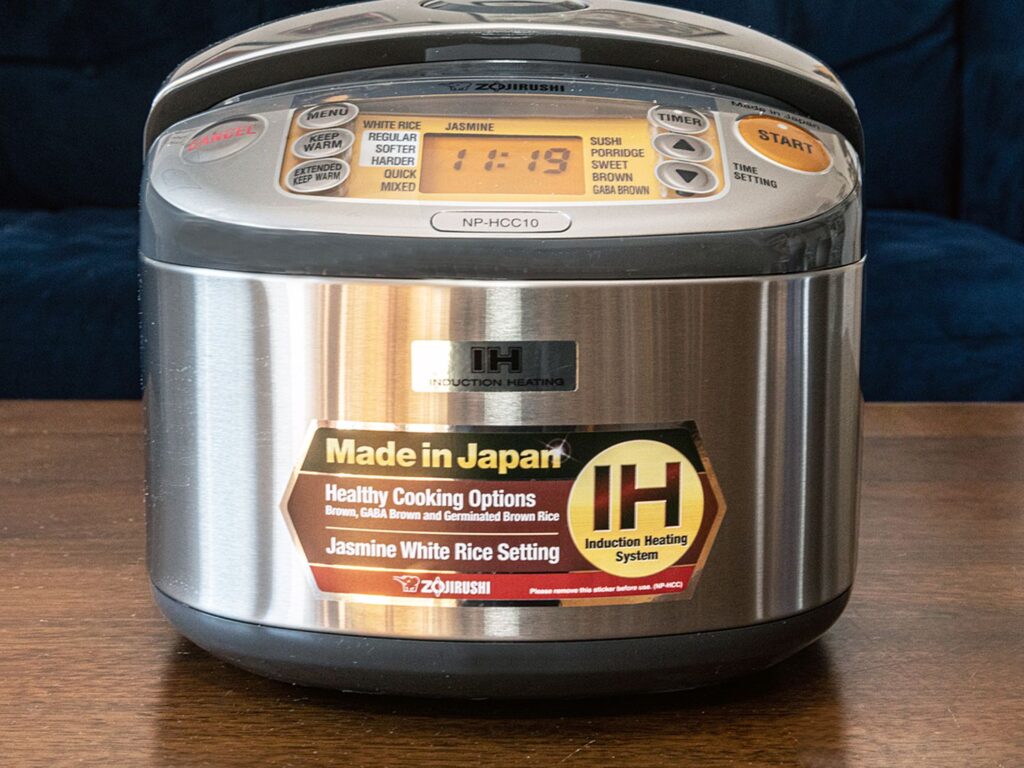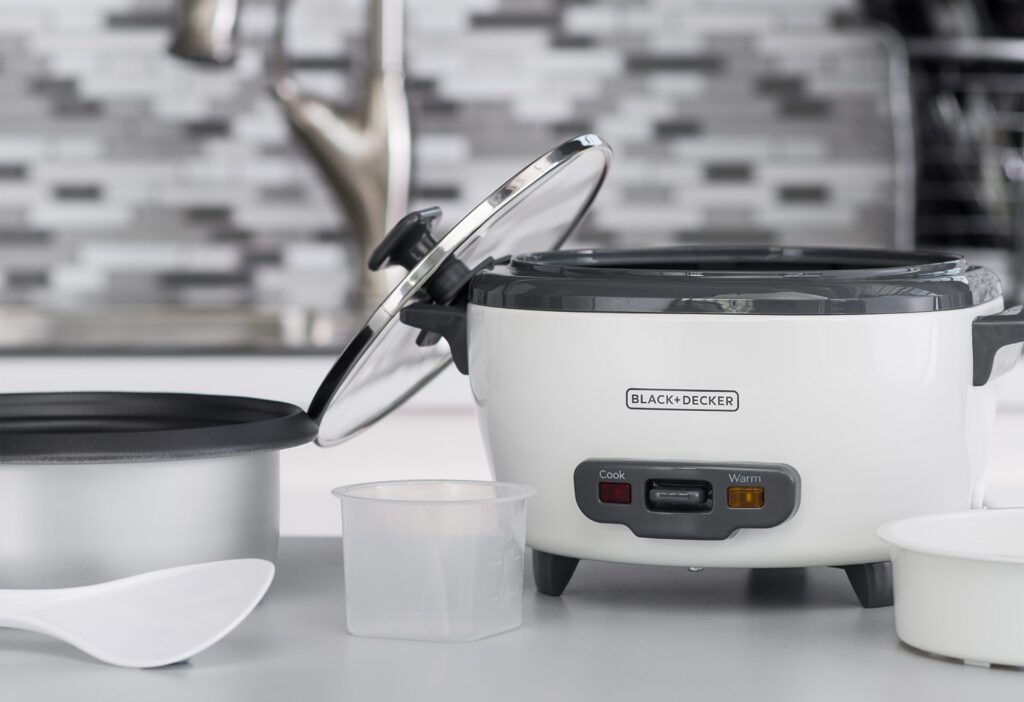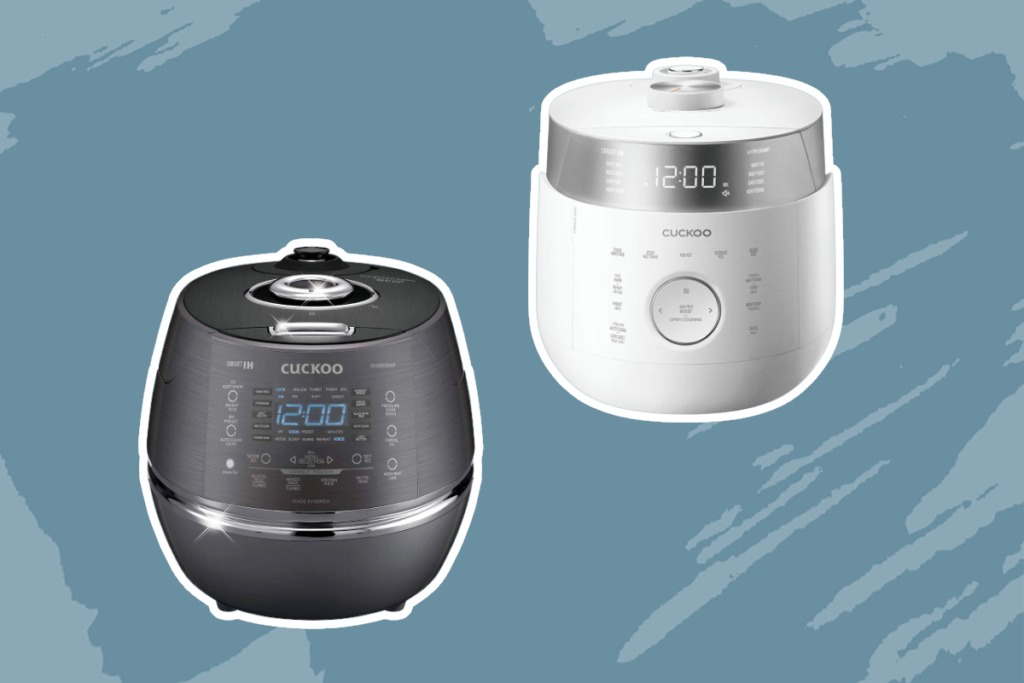Perfectly cooked rice can be a great accompaniment to many types of dishes. According to National Geographic statistics Trusted Source Food Staple | National Geographic Society A food staple is a food that makes up the dominant part of a population’s diet. Food staples are eaten regularly—even daily—and supply a major proportion of a person’s energy and nutritional needs. www.nationalgeographic.org , rice is a staple for 3.5 billion people across the globe. So, whether you want to create a filling family meal or impress your dinner guests with a superb rice dish, it is crucial that you cook your rice properly.
Many people find cooking rice in a pot to be challenging and have difficulty getting it just right. For this reason, the best rice cooker models continue to be popular. But, how do rice cookers work? In this article, we will delve into the different types of rice cookers and how you can use one in your kitchen.
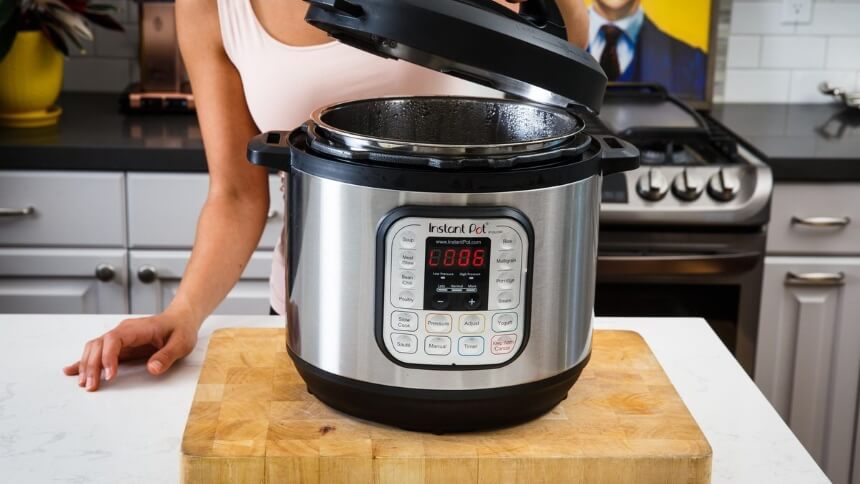
You can cook a variety of things in a rice cooker, even entire meals. For example, the InstantPot is a highly versatile rice cooker, steamer, yogurt maker and even warmer. You can even use it to saute, allowing you to make a complete meal from sauteing onions through to slow cooking the casserole.
However, you don’t necessarily need a costly rice cooker to enjoy a multifunction appliance. Even basic rice cookers can cook a variety of other grains including bulgar, millet, quinoa, millet and farro. In fact, one of the best things you can make in a rice cooker is oatmeal. You can combine steel cut oats and water in your rice cooker, simply switch it on and while you’re showering, your oats will be cooking.
If you’re wondering about whether you want to have another small appliance in your kitchen, it is important to be aware of all the benefits of a rice cooker. The benefits include:
Rice cookers allow you to create perfectly cooked grains every time. You don’t need to worry about under or overcooking or even burning your rice. They can even help to separate out the grains, for delicious and fluffy rice to accompany your meal.
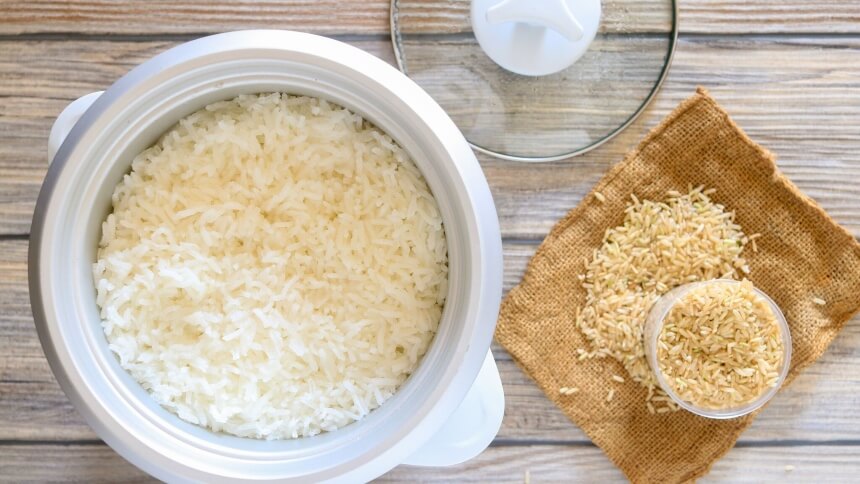
Many rice cookers allow you to cook far more than just white or brown rice. You can cook all types of grains, oatmeal and more. Some models even have a built in steamer or saute mode, so you can steam veggies, make stews or even sear meat.
Unlike cooking rice on your stovetop, you don’t need to hover over a rice cooker. Once you put in your rice and water, set it off and you can walk away. The rice cooker will automatically create perfectly cooked rice while you’re doing other kitchen prep.
The principle of rice cookers is remarkably simple. You put the grain and some water into the appliance, switch it on and then walk away. Once the timer finishes, the cooker will switch to warm mode and your cooked rice will just sit at perfect serving temperature until you’re ready. But, how do rice cookers work and accomplish those perfectly cooked, fluffy grains?
The answer is in the rice cooker technology. You may have wondered how do old rice cookers work compared to new appliances, but they actually work on the same principle.
The rice cookers in use today can trace their technology back to Japan. They use a thermostat to detect how much liquid the grains have absorbed.
When you switch on your rice cooker, the bowl will be heated, which in turn heats the rice and water. The water is heated until it reaches boiling point, creating steam. But, since it is a sealed unit, the water in the bowl continues to boil, turning to steam and maintaining the temperature inside the appliance.
During this time, the rice is cooking. Since rice is primarily starch, it absorbs water into its structure. Starch contains long strings of sugar molecules and when heated, these strings grab onto the water molecules. So, the grains absorb water and as you may be aware if you continue adding water and cooking, the rice would eventually end up as a gooey paste. This is why it is important to only add sufficient water for the rice to absorb and swell without its structure completely breaking down.
Once all the water has been absorbed, the temperature of the bowl spikes and this sudden temperature rise triggers a mechanism inside the cooker to switch off or into a warm mode.
Of course, this process varies slightly depending on the type of rice cooker and the specific model. Rice cookers can vary a great deal in features and price.
Of course, each type of rice cooker has its own advantages and potential disadvantages. For example, a small basic rice cooker may only be 450 watts, so will use a modest amount of power. In comparison an Instant Pot can be 700 to 1200 watts depending on the size. The larger Instant Pots have a bigger capacity and require more power.
So, if you’re looking for an appliance for your dorm room, an Instant Pot may be a little overpowered for your needs. However, if you’re cooking for a family, this is likely to be far too small for your needs, so you’ll need a 6 or even 8-quart rice cooker.
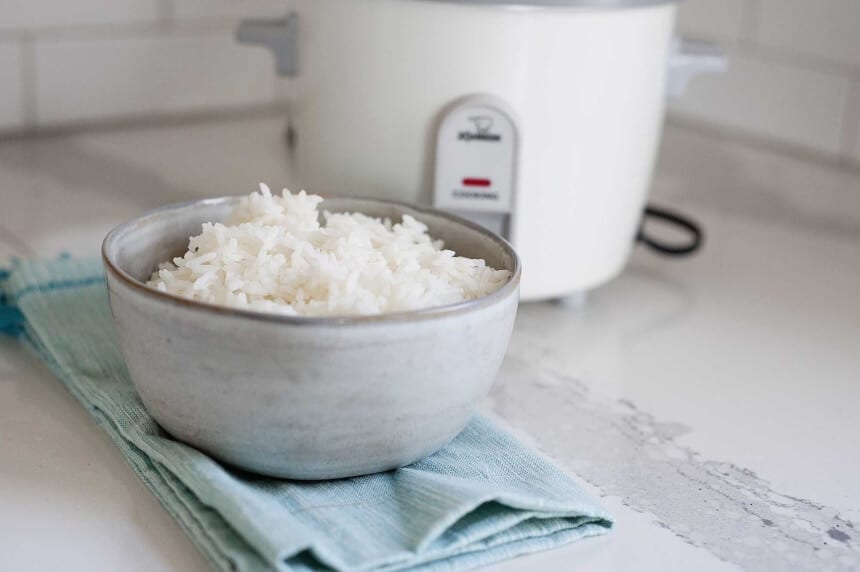
Rice cookers typically come in a variety of sizes. Basic models are often rated in cups. So, you may choose a three cup through to a to cup capacity cooker. This is an indication of how much cooked rice the appliance can hold.
Once you have the appropriate amount of water to rice, you should be able to enjoy delicious, perfectly cooked rice in as little as 15 minutes. Both long grain and short grain white rice take 15 minutes, but long grain rice requires a little more water, with 1 ¾ cups of water to one cup of rice compared to 1 ½ cups of water for short grain rice.
Basmati rice and jasmine rice take a little longer. They also require 1 ½ cups of water for each cup of rice, but you will need to cook for 15 to 20 minutes. The varieties of rice that take the longest are wild rice and long grain brown rice. Both of these take 45 to 50 minutes and need 2 ½ cups of water for each cup of rice.
Bear in mind that most manufacturers recommend waiting 10 to 15 minutes before you remove the lid of your rice cooker. This not only allows the rice to rest to create a nice texture, but minimizes the risk of steam scalding you as you open up the rice cooker.
However, some models, such as the Instant Pot have a quick release mode. This allows you to vent the steam from the cooker to be able to open the lid almost immediately. Just be careful that you don’t touch the vent as the steam escaping is extremely hot.
Additionally, many models have a safety feature that doesn’t allow you to open the lid until the pressure has been released. So, you may need to wait until the lid unlocks before you can serve.
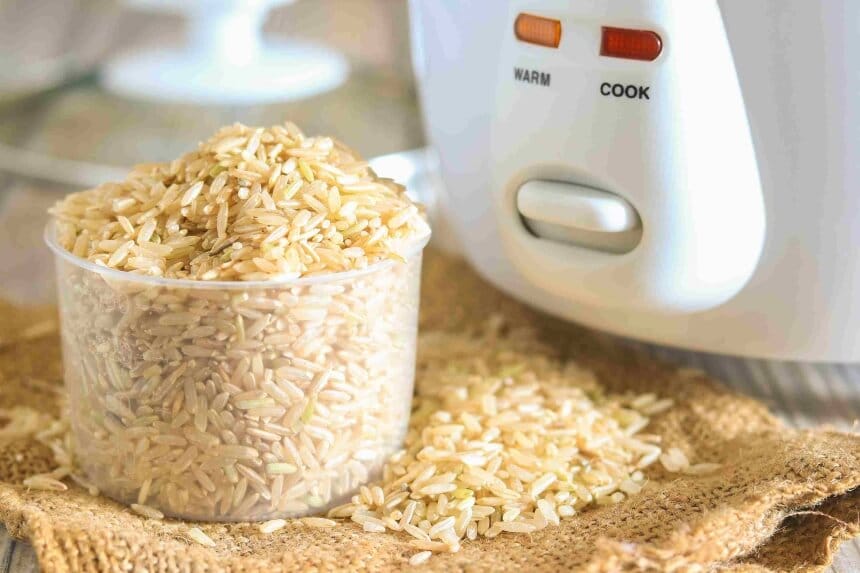
The first thing you need to do is ensure that you measure your rice. Many rice cookers are supplied with a plastic measuring cup. While these may not measure out one imperial cup accurately, they are useful for measuring direct ratios. So, you can easily work out one cup of rice to 1 ½ cups of water. Since you won’t be adding more liquid during cooking, it is important that you are accurate. So, don’t guess and measure your rice and water.
You may also like to rinse your rice. This is optional, but it can create fluffier rice, if you enjoy this texture.
Place the rice and water into your rice cooker and put on the lid. Switch on the cooker. If you have a basic rice cooker, this will simply involve selecting cook or boil. However, if you have a multi-function or fuzzy logic appliance, you will need to select the appropriate program. This may involve reading the appliance manual, but there are usually quick start sections in the manual, so you can quickly start experimenting with cooking your rice.
Allow it to cook. This will depend on your rice cooker and the amount of liquid. It may appear to take longer than a stovetop burner, which usually boils water faster, but it is worth the wait. Wait until the timer goes off or you may see a light that changes or an indication it has switched to warm mode. Basic models simply make a sound, but you should be able to hear the pressure difference and a characteristic click.
Now, you just need to open the lid and check your rice. As we touched on above, it is usually best to allow the rice to sit for approximately 10 minutes, but if you’re in a hurry, you can dig in straight away. Alternatively, allow your rice to sit while you finish making the other components of your dish. Many experienced rice cooker users like to set the rice going and then they can concentrate on grilling meat, sauteing vegetables or even making a stir fry.
While rice cookers are a great kitchen tool, there are some tips to help you to get the best from your new appliance.
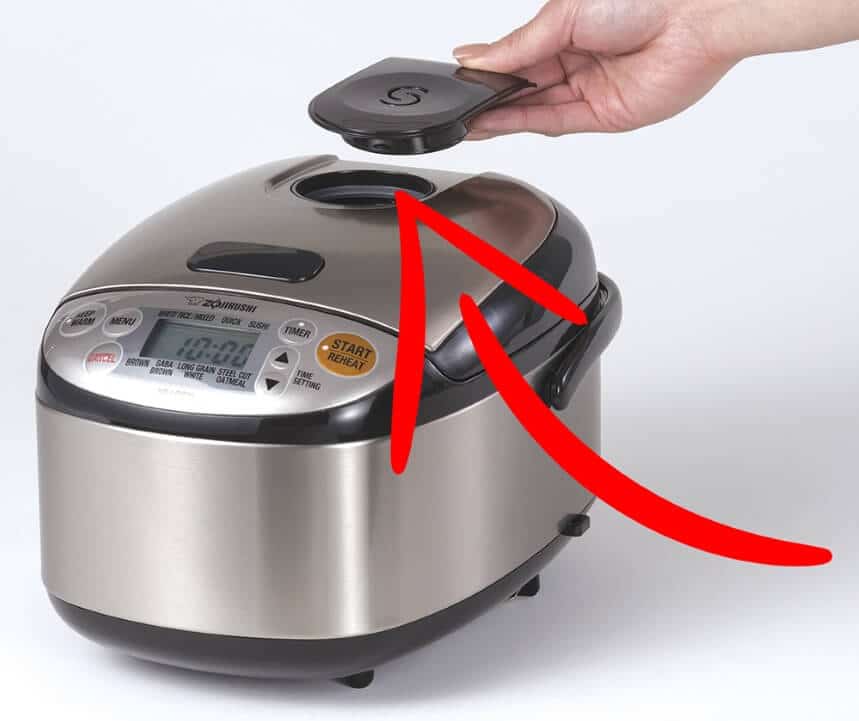
After each use, ensure that you clean both the inner part and external surfaces of your rice cooker, including the lid and pan. This will help to protect your rice cooker from corrosion, but also avoid any odors. If you do see any spots or build up, only use recommended cleaning products.
Rice cookers can overflow, so don’t be tempted to overfill with either rice or water. Stick to the appropriate measurements for the best results.
Although you can use your rice cooker to keep your grains warm until you’re ready to serve, you should avoid leaving food inside. Once food has cooled, transfer to an appropriate container and store in the refrigerator or freezer to avoid bacterial growth.
Remember that your rice cooker can get hot, so avoid touching the exterior surfaces or even standing too close when it is in use. Steam can escape from the vents and the surfaces can become very hot to the touch. So, treat them with care or you could be at risk of scalding.
If you enjoy rice, but dread the thought of cooking it, or cook grains frequently, a rice cooker is likely to be a welcome addition to your kitchen. These handy appliances can range from basic cheap models through to more elaborate and versatile multifunction devices. They can allow you to perfectly cook rice and other grains, including oatmeal with ease.
Now we’ve answered the question, how do rice cookers work, you should feel confident whether a rice cooker is a good option for you.
Of course, you’ll need to think about the type of rice cooker that will best suit your needs and you can start assessing your options. This will enable you to find the perfect model to not only perfectly cook rice and any other grains to accompany your culinary creations.
